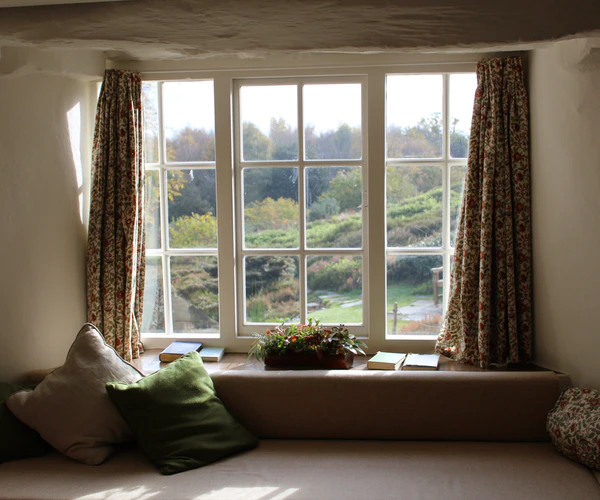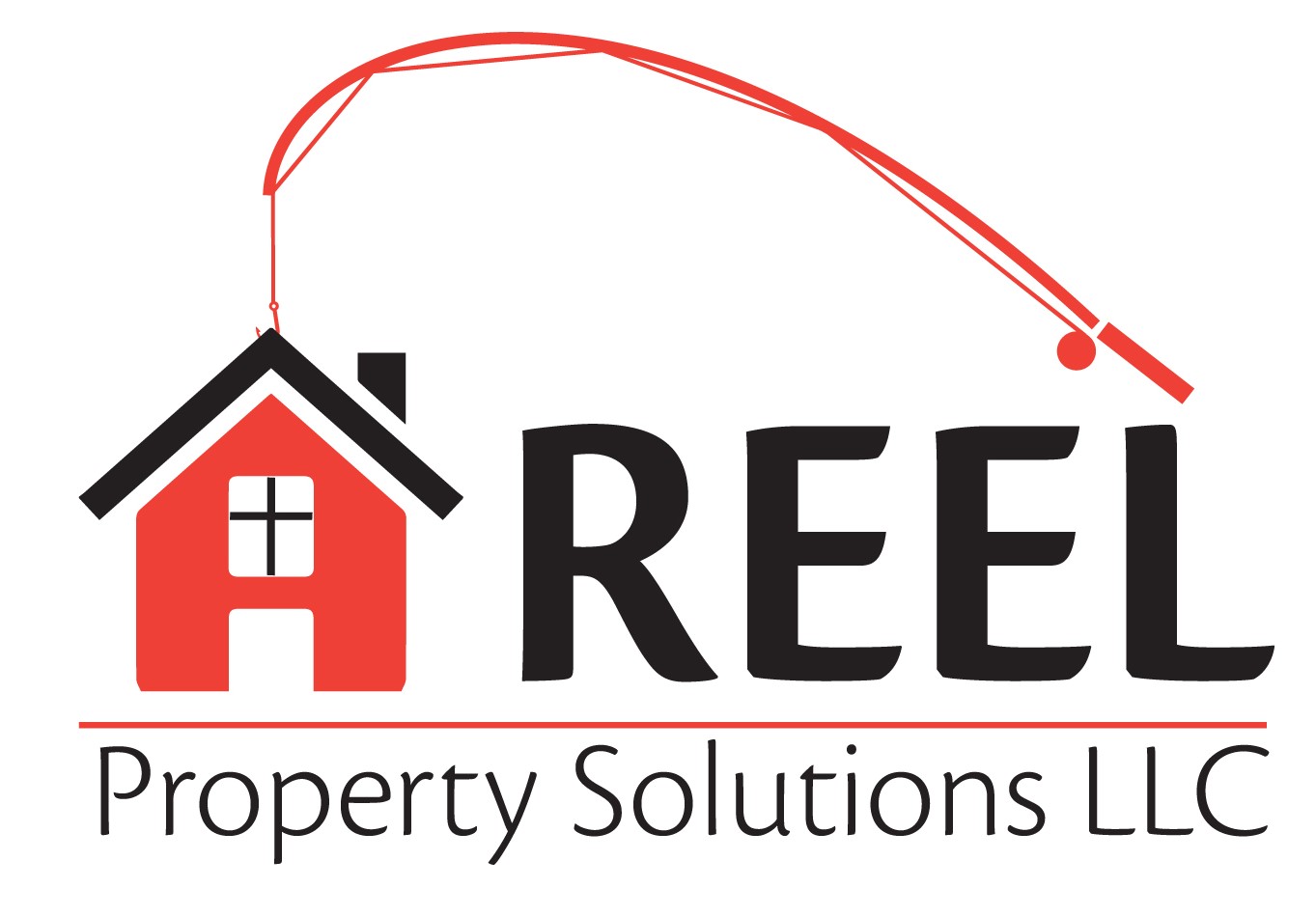3 Steps to Cleaner Air at Home

This article was written by Sarah Velasquez from https://ourperfectabode.com.
Sarah points out major reasons for anyone to be cautious of in their home. Please read and take note of how a property, especially one in distress such as older, fire damage, mold ridden, has asbestos and the like can be harmful to your health.
There’s a serious health risk lurking in our homes. It’s invisible, odorless, and its effects can be fatal — and you probably don’t know it’s there. That health risk? Indoor air pollution.
Worldwide, indoor air pollution is linked to 4 million premature deaths every year. While most of those deaths occur in developing countries, U.S. households aren’t immune. Although homes in developed nations tend to have cleaner indoor air, families spend so much time indoors — about 22 hours per day for most people, according to USA Today — that the cumulative exposure still adds up to a big health threat.
That risk is even greater for children, who breathe more air in proportion to their body weight than adults. Children exposed to indoor air pollution may exhibit symptoms like coughing, sneezing, headaches, dizziness and fatigue. Children with allergies, asthma, or other respiratory problems may experience worsening symptoms that remain even after exposure stops. Over time, chronic exposure can damage the heart, liver, kidneys and central nervous system and lead to cancer.
It’s clear that indoor air pollution is no small problem, especially if you have kids. While there’s no surefire way to escape air pollution in schools and workplaces, you can create cleaner indoor air at home. Courtesy of Reel Property Solutions LLC, these are the essential steps you must take to improve your indoor air quality and protect your family’s health:
Reduce Allergens
Everyday Health names pollen, dust mites, pet dander, mold and mildew, cockroaches and cigarette smoke as the most common environmental allergens. Follow these tips to reduce their presence in your home:
- Don’t smoke indoors. If you smoke, do so outside away from open windows.
- Close windows when pollen counts are high.
- Replace the HVAC air filter on schedule. Consider replacing it with a HEPA filter and adding an air purifier for added air-cleaning power.
- If you have carpet, have it professionally cleaned once or twice per year to remove allergens not captured by vacuuming.
- Don’t wear shoes indoors. Shoes can track outdoor allergens throughout the house.
- Keep pets out of bedrooms and off furniture.
- Make a cleaning schedule. Regular dusting, vacuuming, and laundering keeps indoor allergens to a minimum.
- Install a whole-house air cleaner. These devices are more effective than an air purifier at removing allergens and pollutants, but installing one comes at considerable expense.
- If it’s been a while since you’ve cleaned your couch, it may be time to call in some pros. Google “couch cleaners near me” to find local furniture experts. Remember to read some reviews to see what previous customers have to say.
Control Moisture
Allergens are typically tracked into your home from outside. But some pollutants grow and breed inside your own home. Mold, mildew and dust mites thrive in moist, humid environments, so it’s important to take these steps to eliminate excess moisture:
- Run exhaust fans when cooking or bathing. After a shower, wipe down bathroom walls and floors and leave the door open to minimize moisture.
- Take shorter showers.
- Cover pots while cooking.
- Use a dehumidifier.
Improve Ventilation
A tightly-sealed home is great for lowering energy bills, but not so great for indoor air quality. Without proper ventilation to the outdoors, contaminants accumulate inside your home. Follow these tips for a properly ventilated home:
- Open windows for a few minutes each day, even when it’s cold.
- Open windows when using cleaners, solvents and other household chemicals to let harmful chemicals vent outdoors.
- Ensure all exhaust vans and clothes dryers vent to the outdoors.
- Create proper ventilation around gas stoves and other combustible appliances.
- Schedule a professional evaluation of your HVAC system and ductwork.
Taking these steps reduces the pollutants entering your home and ensures that polluted air is vented outdoors, rather than getting trapped in your house. The result is cleaner air that’s safer for your family to breathe. Unfortunately, this only improves the air in your home; your children may still be breathing contaminated air at school. Talk to your children’s schools and daycares about what they’re doing to improve indoor air quality and protect students’ health.
Reel Property Solutions LLC is brokered by eXp Realty which can help make the home buying or selling process smooth and successful. Call 507-218-8788 today to learn how we can help you. Also check out Rochelle’s website for more information.


Image via Unsplash